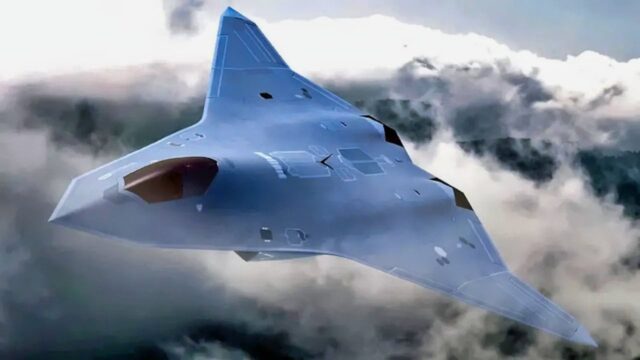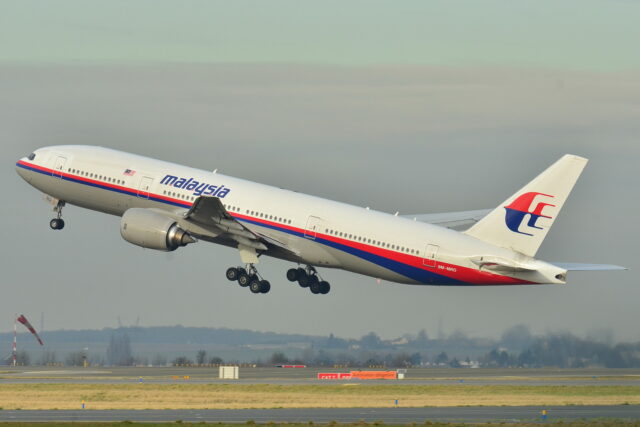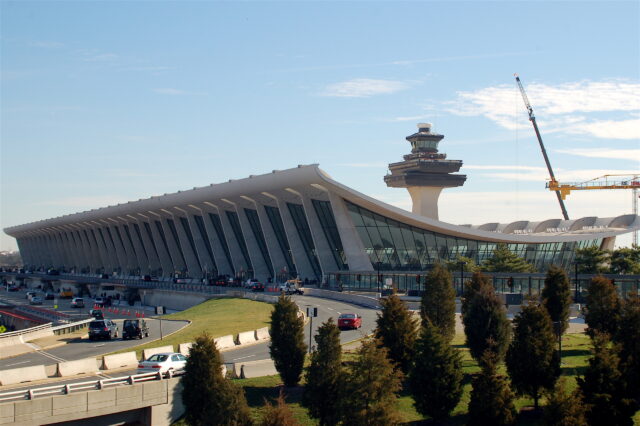Airbus needs to deliver 300+ aircraft in 3 months, reins in output target for A220

October 30, 2025

Airbus has pared back its A220 production ramp-up plan but is sticking to its target of delivering around 820 commercial aircraft in 2025, despite ongoing supply chain strains and an ambitious year-end delivery schedule.
The European manufacturer said it now expects A220 output to reach 12 aircraft per month in 2026, rather than the previously planned rate of 14.
The adjustment, it said, reflects the “current balance between supply and demand” for the single-aisle jet, which occupies the lower end of Airbus’s product range.

The decision is a rare slowing of momentum in Airbus’s production ramp-up strategy, which has otherwise seen aggressive increases across the A320neo and A350 families.
The A320 programme remains on course to hit a monthly rate of 75 aircraft by 2027, while the A350 is still targeting rate 12 by 2028.
What’s behind Airbus’s A220 slowdown?
The A220 adjustment underscores the balancing act Airbus faces as it ramps up across multiple programmes while contending with labour shortages, late supplier deliveries and cost pressures from inflation and currency fluctuations.
The type, originally developed by Bombardier, has secured strong interest from airlines but remains in the early stages of scaling toward profitability.
It has also faced challenges in the form of engine troubles, with around a fifth of the worldwide fleet currently grounded due to Pratt & Whitney PW1500G problems.
Despite this, Airbus appears determined to keep its overall production trajectory intact.
The group ended September with a backlog of 8,665 aircraft – equivalent to around a decade of production at current rates.

Faury said the company would continue investing in new production capacity to “support the commercial aircraft ramp-up” while maintaining focus on operational stability.
Airbus needs to deliver 300+ aircraft in the final quarter of 2025
Even with the more cautious A220 trajectory, Airbus is maintaining its full-year 2025 guidance, including its goal of around 820 aircraft deliveries.
That figure implies more than 300 deliveries in the final quarter alone.
Airbus recently opened its second Final Assembly Line (FAL) for the A320 Family aircraft in Tianjin, China, which could provide some relief as it tries to meet the year-end surge.

Chief executive Guillaume Faury said the results for the first nine months of 2025 reflected “a solid performance” across the group’s businesses but acknowledged the operating environment remains “complex and dynamic”.
Deliveries continue to be “backloaded”, he said, with most activity concentrated toward the latter part of the year as suppliers work to stabilise output.
More than 500 aircraft deliveries so far this year
Airbus delivered 507 commercial aircraft in the first nine months, compared with 497 a year earlier.
The total comprised 62 A220s, 392 A320-family jets, 20 A330s and 33 A350s. Revenues for the period rose 7% year-on-year to €47.4 billion, with adjusted EBIT (profit) climbing to €4.1 billion.
The company reaffirmed its 2025 financial targets, now updated to include the impact of tariffs.
Airbus expects adjusted EBIT of around €7 billion.
In addition to its commercial activities, Airbus reported steady growth in its helicopters and defence divisions.

Revenues at Airbus Helicopters climbed 16% to €5.7 billion, with 218 aircraft delivered.
Defence and Space revenues rose 17% to €8.9 billion, buoyed by higher volumes across all its business lines.
Faury said Airbus was also making “good progress” on plans to combine its space activities with those of Leonardo and Thales to form a new European space company.
The venture, announced last week, aims to consolidate the continent’s satellite and space infrastructure capabilities and could be operational by 2027, subject to regulatory approvals.
















